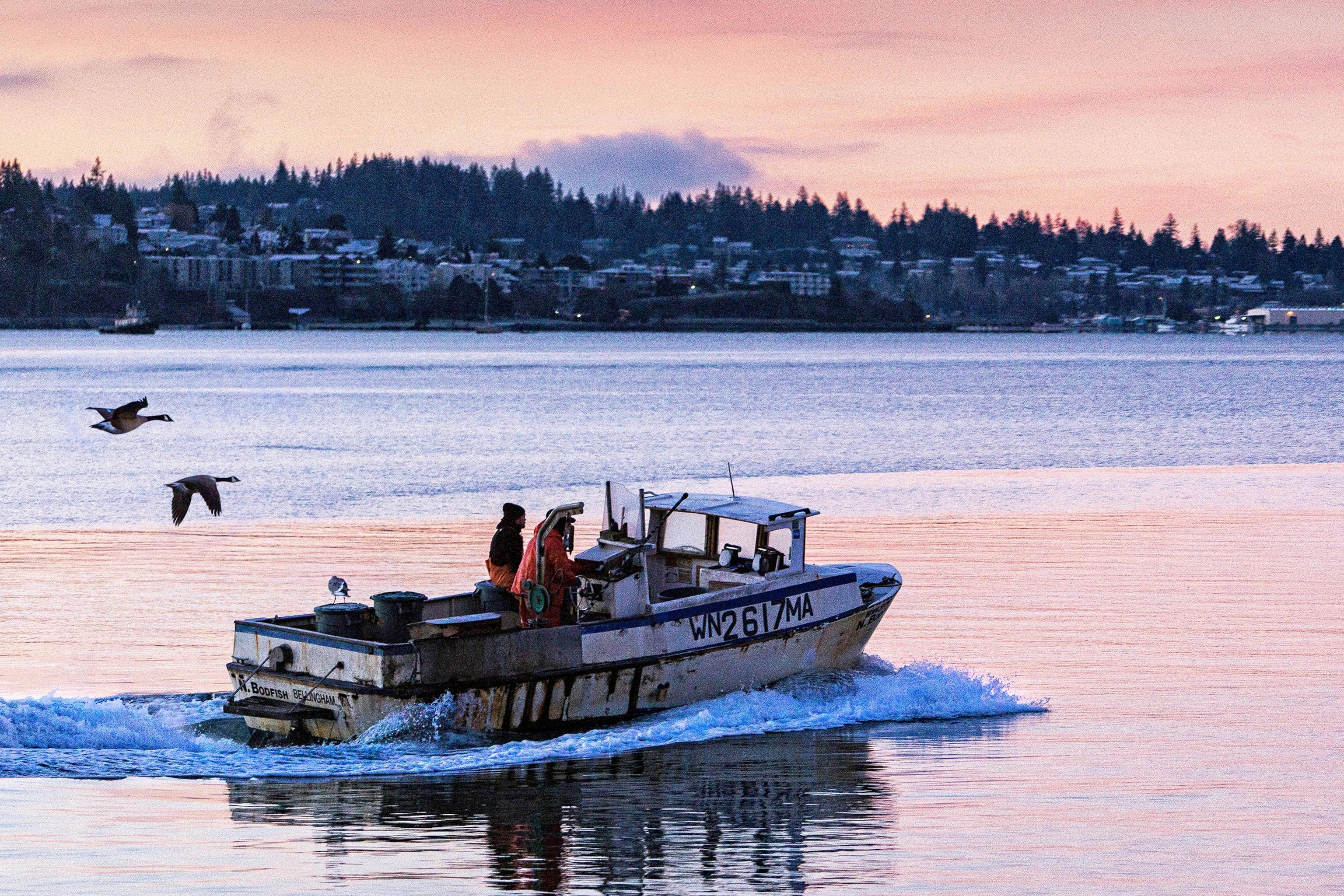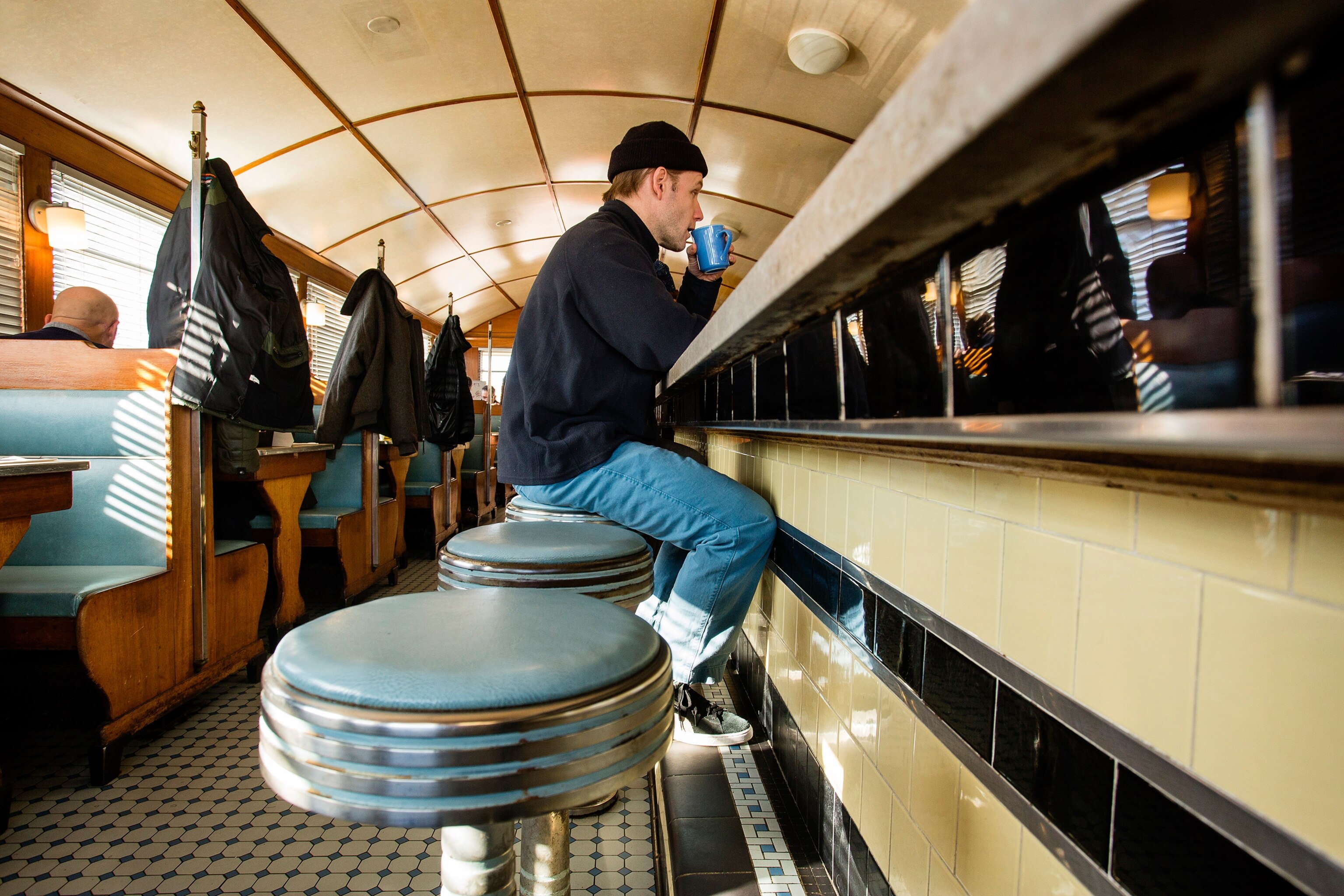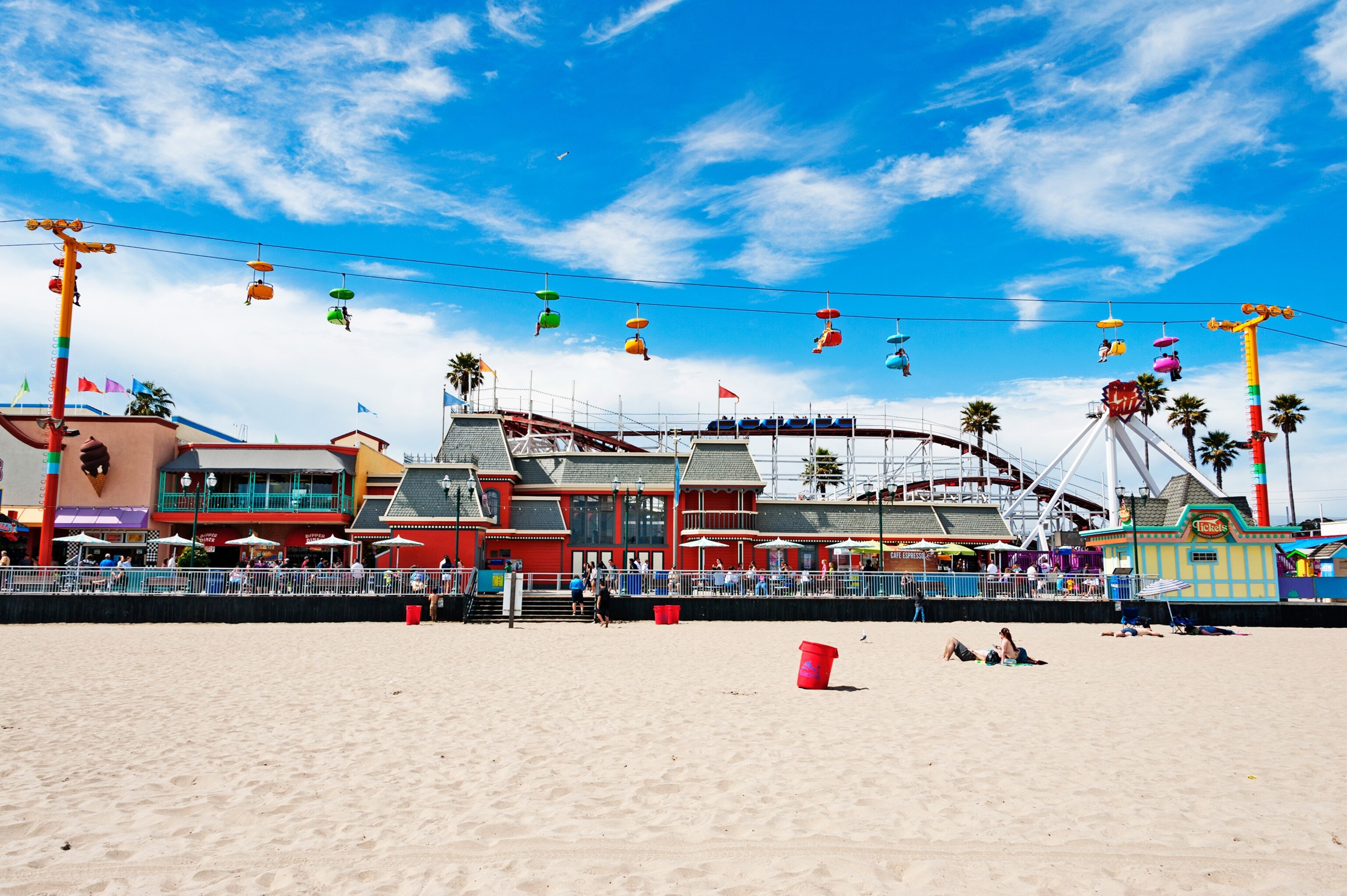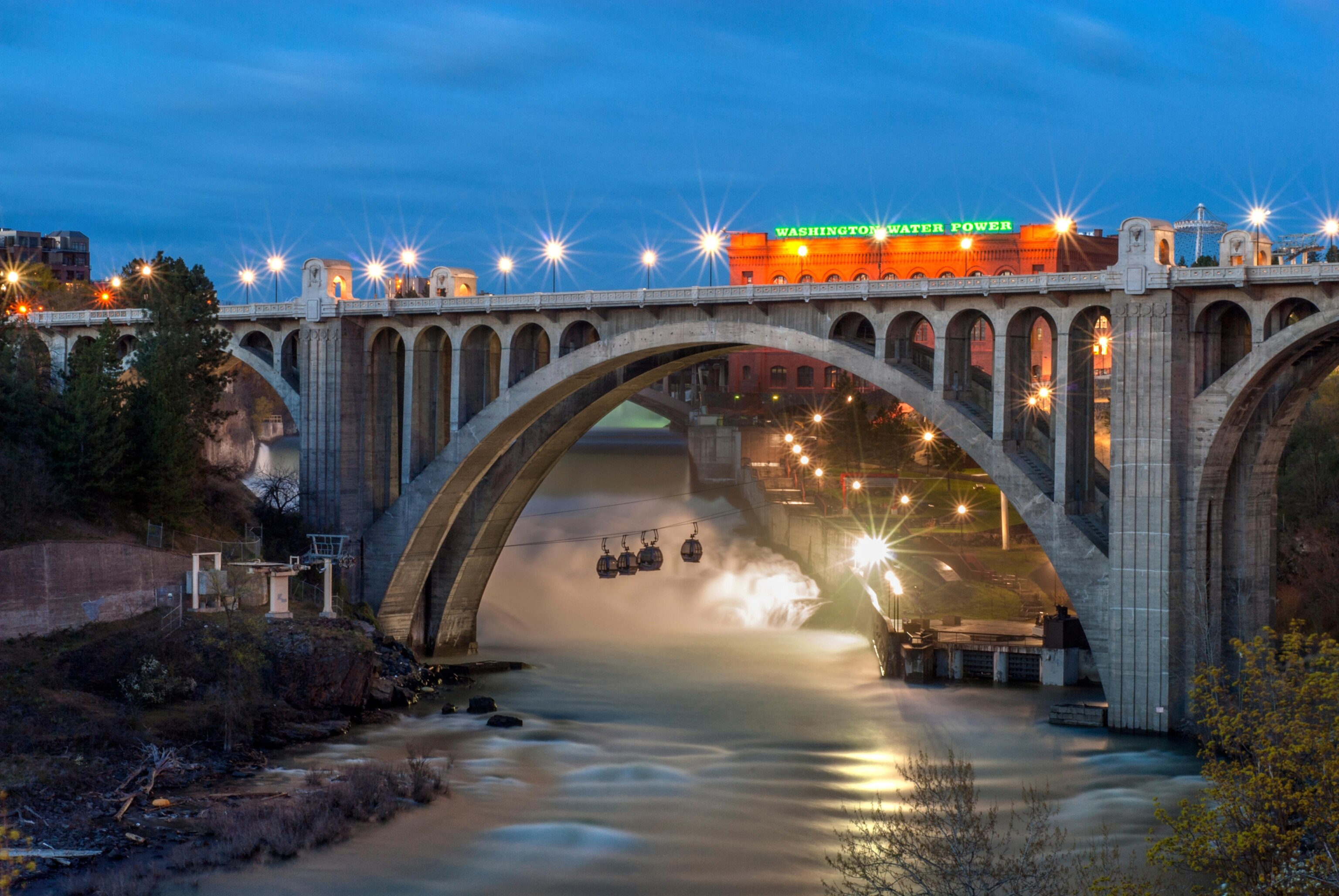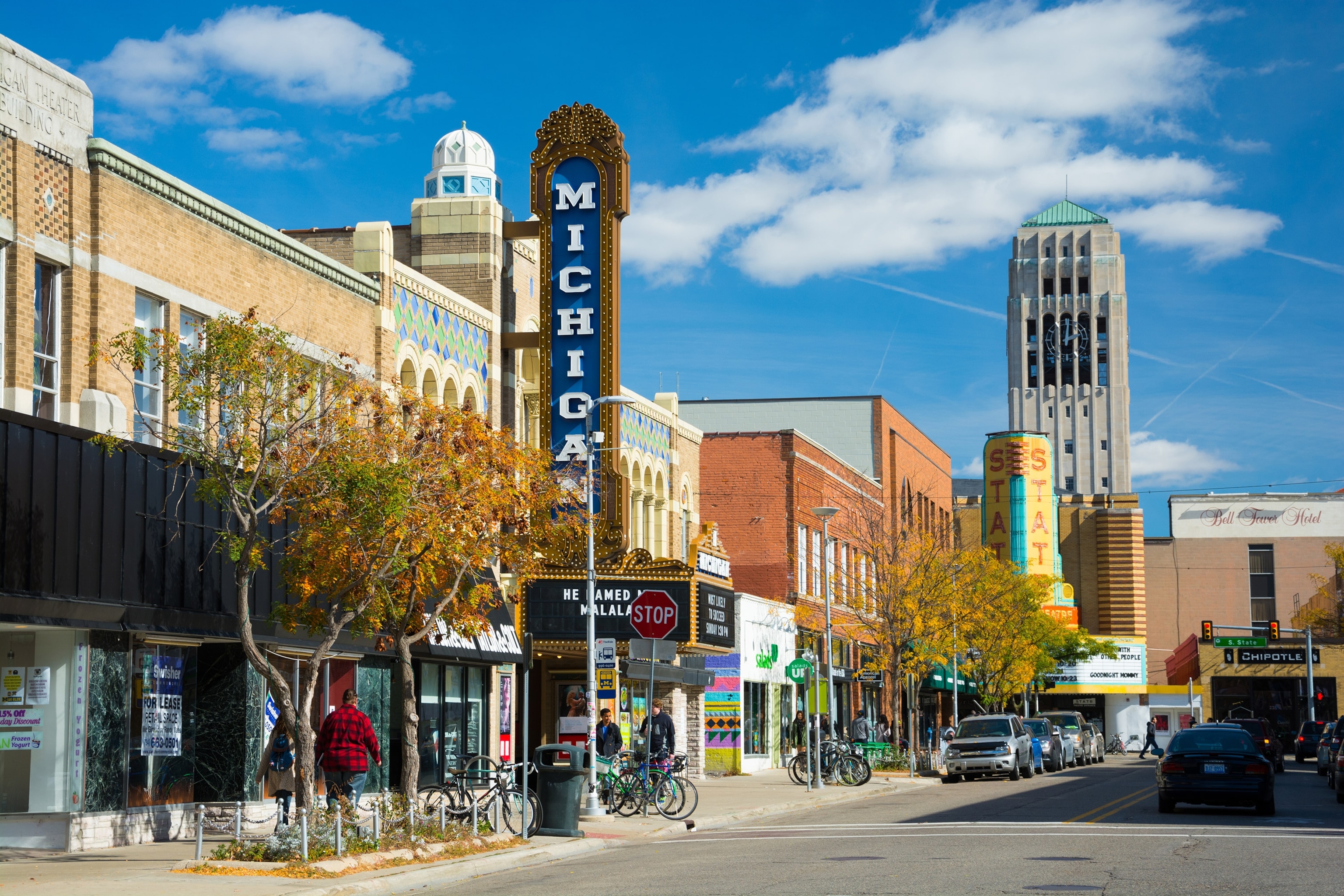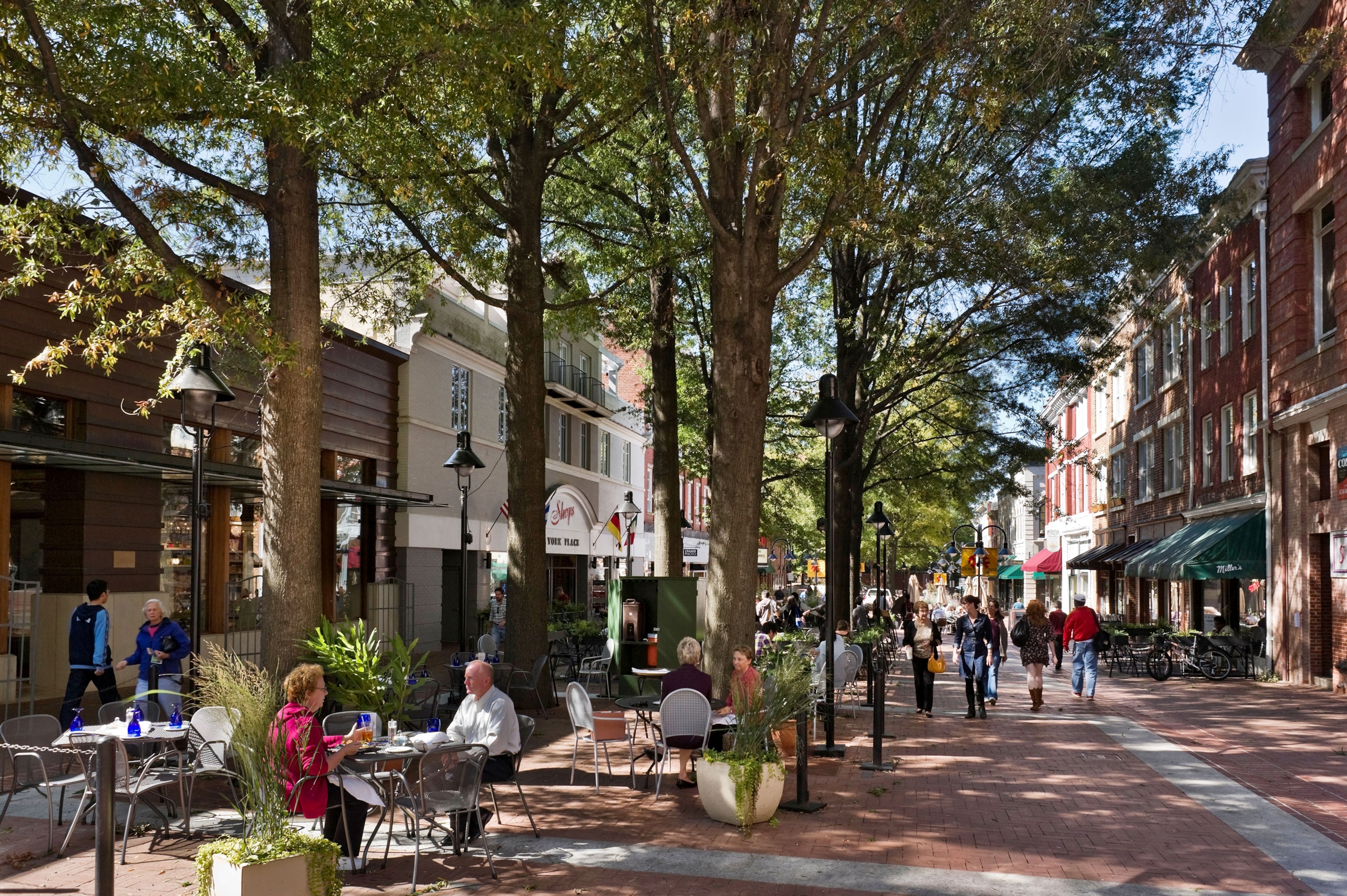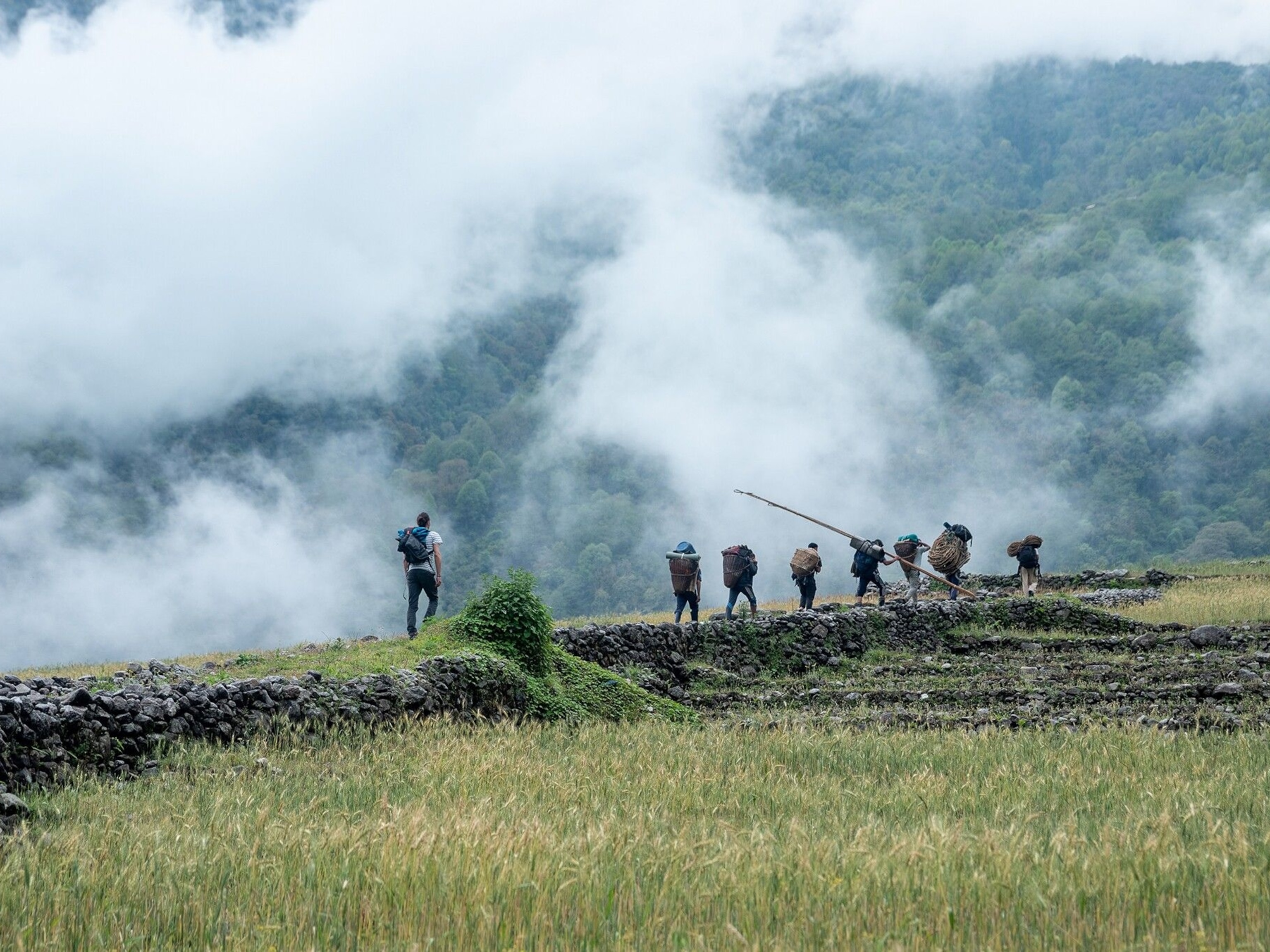
Love Honey? Make a Beeline to These Cities
Get a taste of the hive in these honeybee-loving cities.
As bees continue to be plagued by a mysterious syndrome that leaves queen bees without workers, more communities are supporting these natural pollinators. “The lack of knowledge about bees is astounding,” says Phyllis Stiles, director of Bee City USA, a nonprofit certification program launched to raise awareness and create sustainable habitats. The focus on the plight of bees has spurred interest in the sweet syrup they produce, giving people an opportunity to sell, cook, and experiment with honey. Travelers can help. Make a beeline for these cities:
ASHEVILLE, NORTH CAROLINA
Bee City USA was founded here, making the city the original hub of honey. There are honey festivals, themed stores (the Asheville Bee Charmer), and spa treatments (Grove Park Inn).
ASHLAND, OREGON
This Bee City organizes the Oregon Honey Festival annually (August 18-19 this year). The two-day festival includes honey tastings, researcher demonstrations, and a fundraising concert.
HERMANUS, SOUTH AFRICA
To preserve the unique microcosm of biodiversity at the Grootbos Private Nature Reserve, hives are planted around the reserve’s farm, Siyakhula, to ensure continued pollination. During the “Secret Season”—May to July— travelers can learn about bees and how to harvest their own honey to take home from the staff beekeeper.
SEATTLE, WASHINGTON AND BEYOND
The Fairmont Olympic Hotel maintains an eight-hive rooftop apiary that produces a whopping 600 pounds of honey annually. Try the Pike Honeymoon Suite, an ale made from the rooftop’s bounty, or the roots salad with toasted bee pollen. Not unique to the Seattle hotel, the Fairmont Hotel and Resorts brand maintains over 40 apiaries and bee hotels at over 20 properties worldwide with the help of on-site and local apiarists.
- National Geographic Expeditions
